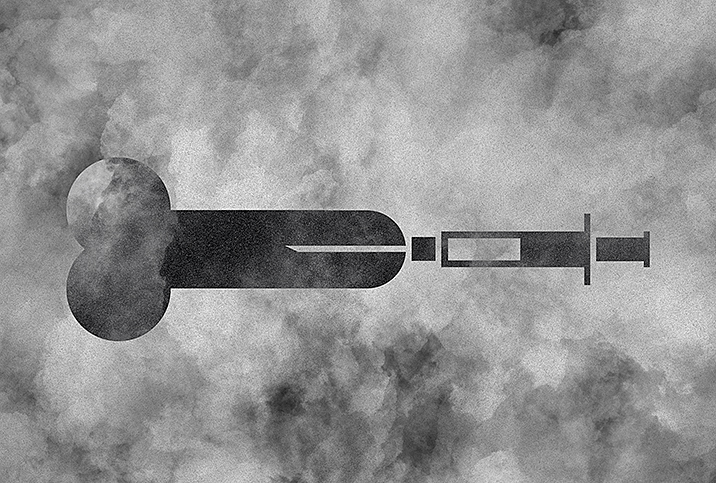Water Vapor Thermal Therapy for Benign Prostatic Hyperplasia

Water vapor thermal therapy is a low-risk, minimally invasive surgery used to treat benign prostatic hyperplasia (BPH), better known as an enlarged prostate. An outpatient procedure that can be performed in a doctor's office, water vapor thermal therapy is handled by a urologist who inserts a needle, which is connected to a generator and targets the prostate, into the patient's urethra.
Once the needle is in position, the generator converts water into steam, which is directed up through the needle until it hits the prostate tissue. By breaking up problematic prostate cells, the water vapor reduces compression on the urethra.
Pros & cons of water vapor thermal therapy
The benefits of water vapor thermal therapy are many. It eliminates the need to take medication for BPH and is low risk when compared to other BPH procedures. As an outpatient procedure, it doesn't require an overnight stay or general anesthesia. Water vapor thermal therapy can reduce all urinary tract symptoms reported with BPH, and while not guaranteed, the procedure can lead to an improvement in erection and ejaculation issues caused by BPH.
Downsides associated with water vapor thermal therapy are similar to the risks associated with other outpatient procedures, including scarring at the surgical site, incontinence and the inability to perform sexually. Choosing an experienced surgeon could help reduce the risks associated with your operation.
Success of water vapor thermal therapy
Water vapor thermal therapy is a relatively new surgery for BPH, and as such, the success rate differs from one patient to another, but more research should improve the procedure over time. Water vapor thermal therapy successfully treats the urinary issues caused by BPH in just more than 50 percent of patients. Additional benefits, such as improvements in erectile function and ejaculation, occur in more than 25 percent of men who have the procedure.
Patients see improvements in BPH symptoms in as little as two weeks after the surgery, and progress can continue for up to three months. The positive effects of water vapor thermal therapy last up to four years for most patients.
Good candidates for water vapor thermal therapy
Water vapor thermal therapy may be a good option for younger patients with BPH, as it's minimally invasive and the likelihood of problems related to this surgery, such as erectile dysfunction, is low.
Other factors that determine a good candidate include the presence of other serious medical issues such as heart, kidney or lung disease. Since general anesthesia isn't required, patients who suffer from serious conditions aren’t at risk of the severe potential complications associated with sedation.
When it comes to a long-term solution for BPH, water vapor thermal therapy may not be the best choice. People with severe symptoms may require transurethral resection of the prostate, which is a more drastic in-patient surgery that removes sections of the prostate.
Talk with your urologist to learn if water vapor thermal therapy would improve your quality of life. Being proactive about your treatment options will help you find the most effective solutions.

















